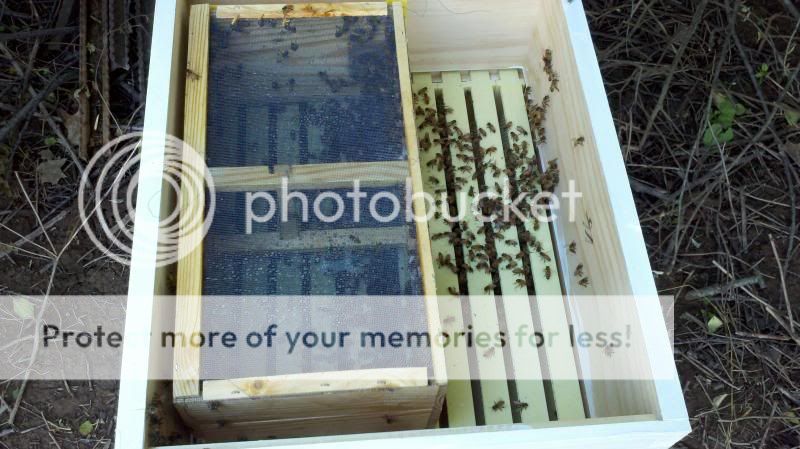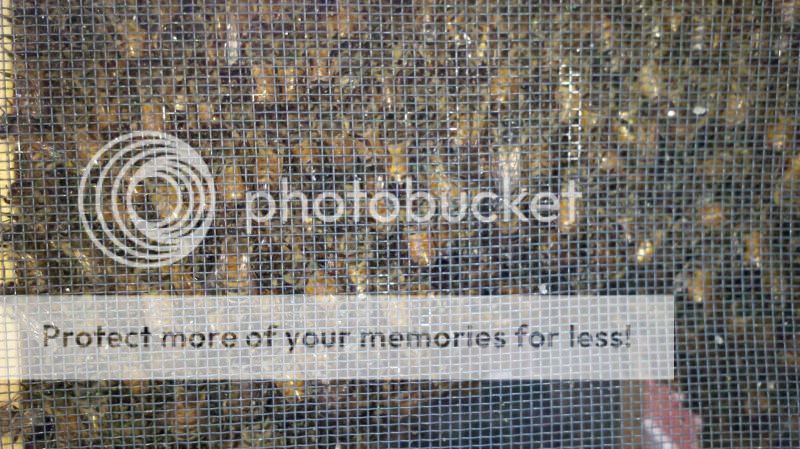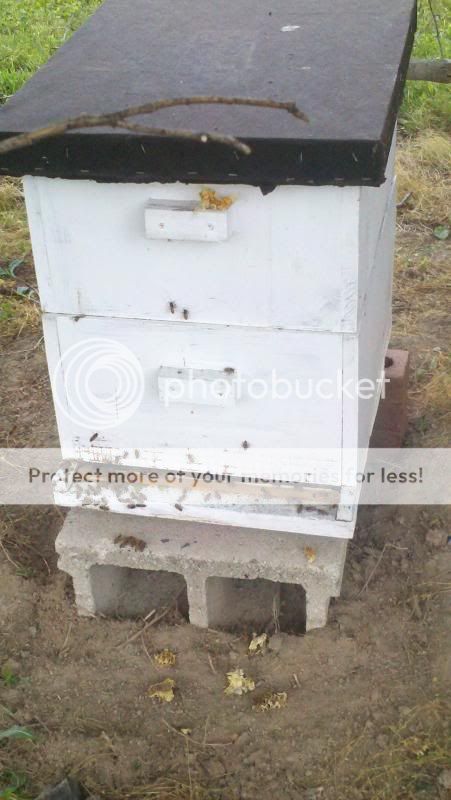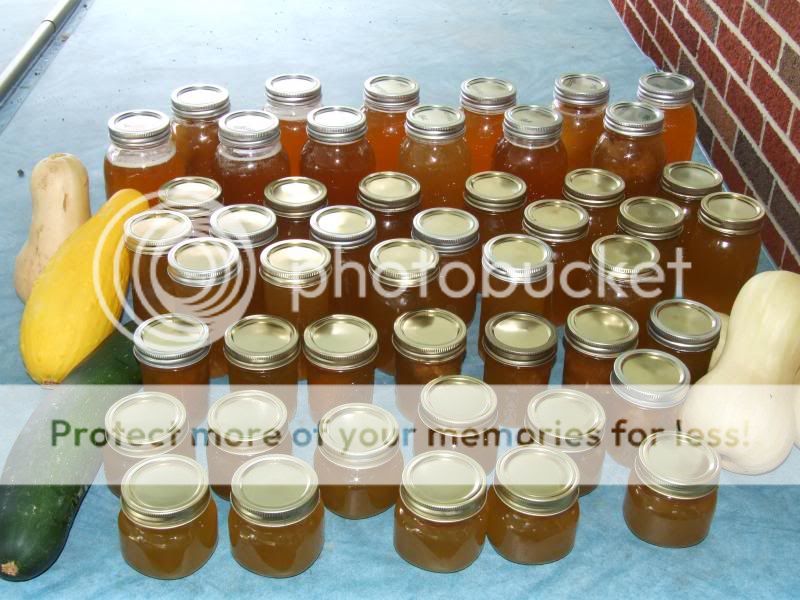The cover article of Time magazine this week is about the bee crisis. Overall they are NOT making a come back, the crisis continues to get worse.
But the article mentions the zillions of hives being trucked all over the country to pollinate various crops, from one to the next like migrant workers. The article just mentions that in passing doesn't even discuss it as part of the problem.
We are clearly injuring the bee population in a ton of different ways, exposure to fifty different herbicides and pesticides (and who knows about their interaction effects), increased pressure from parasites, climate change, etc, etc. But has it not occurred to people that you can't take an organism like a honeybee/ bee hive that is so intimately connected to its local environment and rip it out and move it from one environment to the next repeatedly:
Honey bees use the sun as a reference point in navigation and communication. Experiments have shown that bees have internal representation of the sun's movement through the sky and suggest that this representation is innate, but is tailored by experience. Attempts to model this representation have not been entirely successful.
https://www.physics.ohio-state.edu/~wilk ... skemedium/
Honey bees actually have many navigation tools that they can use: the sun, visual landmarks, and the earth’s electromagnetic field.
If bees cannot “see†the sun, how do they locate it and use it for navigation? One important clue they use is ultraviolet light. Especially on clear days, the bees identify the location of the sun as the area of the sky with the least ultraviolet light. In fact, experiments have shown that a bee may identify any object in the sky as the sun, as long as it is less than 20 degrees across the horizon, and less than 15% of the light associated with it is ultraviolet; the amount of polarization is unimportant. In comparison, a human would identify a 0.4°, completely unpolarized, white circle as the sun, while a bee might identify a 9°, 75% polarized, blue square as the sun. It seems like this would be a problem, but not for a bee.
Relying on the sun for navigation also presents a problem because, not only does the sun move, but its rate of movement changes throughout the day. After foraging for two hours, a bee needs to find her home relative to the sun, but the sun has moved. How does she find her way home? Actually, she relies on experience. Each day the bee memorizes how the sun moves through the sky, and this memory becomes the solution not only to the problem of sun movement, but the problem of cloudy days.
Another clue from the sun that helps bees navigate on cloudy days is polarized light. The light coming from the sun is actually not polarized, but when it bounces off particles in the atmosphere, it becomes polarized. A bee actually sees concentric circles of polarized light throughout the sky. The bee knows that the strongest polarization lies in a circle that is 90° from the sun, and uses this information to estimate the sun’s location. Patterns of polarized light are so useful that a bee only needs to see one patch of sky that is 10° wide to determine where the sun is.
Although bees have the ability to use UV and polarized light for navigation, they actually rely most heavily on physical landmarks. As long as the landmarks are prominent, nearby (within 2 meters), and unambiguous, a bee will use them as the main source of navigational information. However, they must remain consistent.
If the landmarks are moved, the bees will become confused and unable to find the hive.
It is believed that bees have one more navigation tool that is rather remarkable. Even during long stretches of darkness, such as confinement within the hive during winter, the earth’s magnetic field is a reliable means of navigation. The bees are able to detect electromagnetic fields because bees are actually magnetic. They contain a region of magnetite in the front of their abdomens. They also use their ability to detect magnetic fields to regulate their internal clocks and to guide them as they build combs within the hive. If a strong magnet is placed on a hive, with a magnetic field radiating in all directions, the bees will build strange and contorted honey combs.
https://utahpests.usu.edu/htm/utah-pests ... avigation/
Note the bold type [my addition]. One of the things that sometimes happens in colony collapse disorder is that the bees just disappear. Maybe they just got lost.
Bees are dependent on their connection to the sun, the earth's magnetic field, their knowledge of landmarks,
the polarization of light in their vicinity ETC in complex interactive ways that we are barely beginning to understand. What happens to all that, when the hive is repeatedly moved by truck (vibrations, fumes, etc) in a way that does not allow them to create any new maps, to new locations???
Not to mention all the symbiotic connections between bees and the flowers and organisms around them.
This is my own theory that I have not seen discussed, but it seems pretty obvious to me.
We need to think in systems!!




